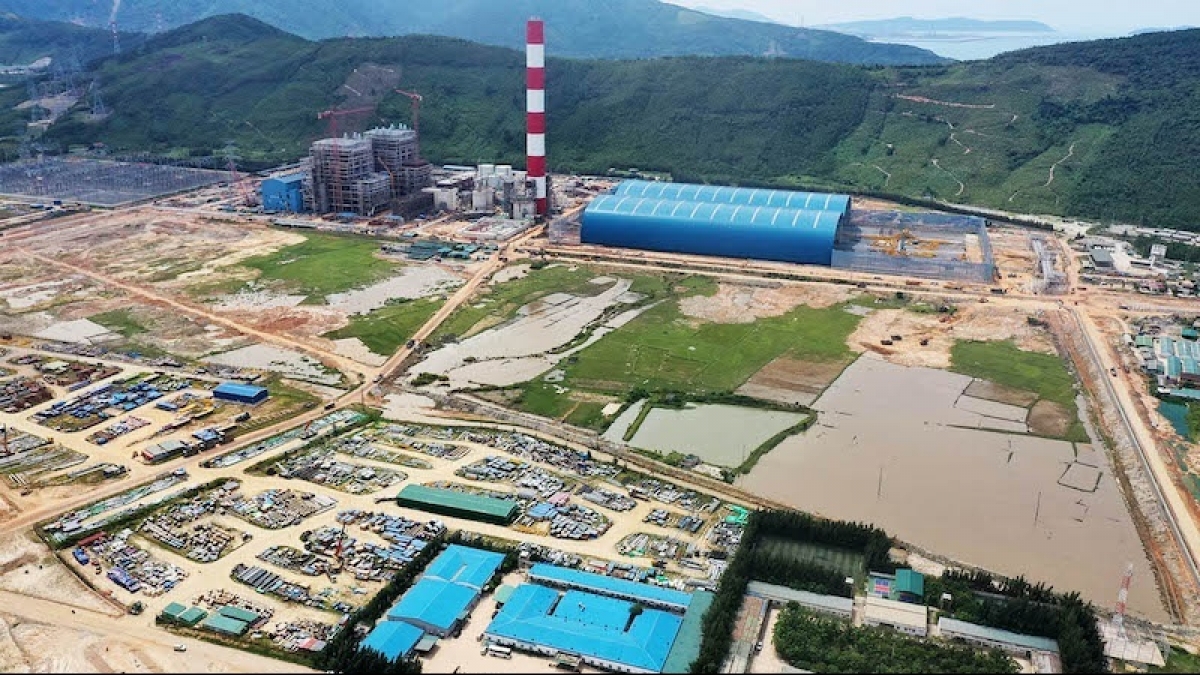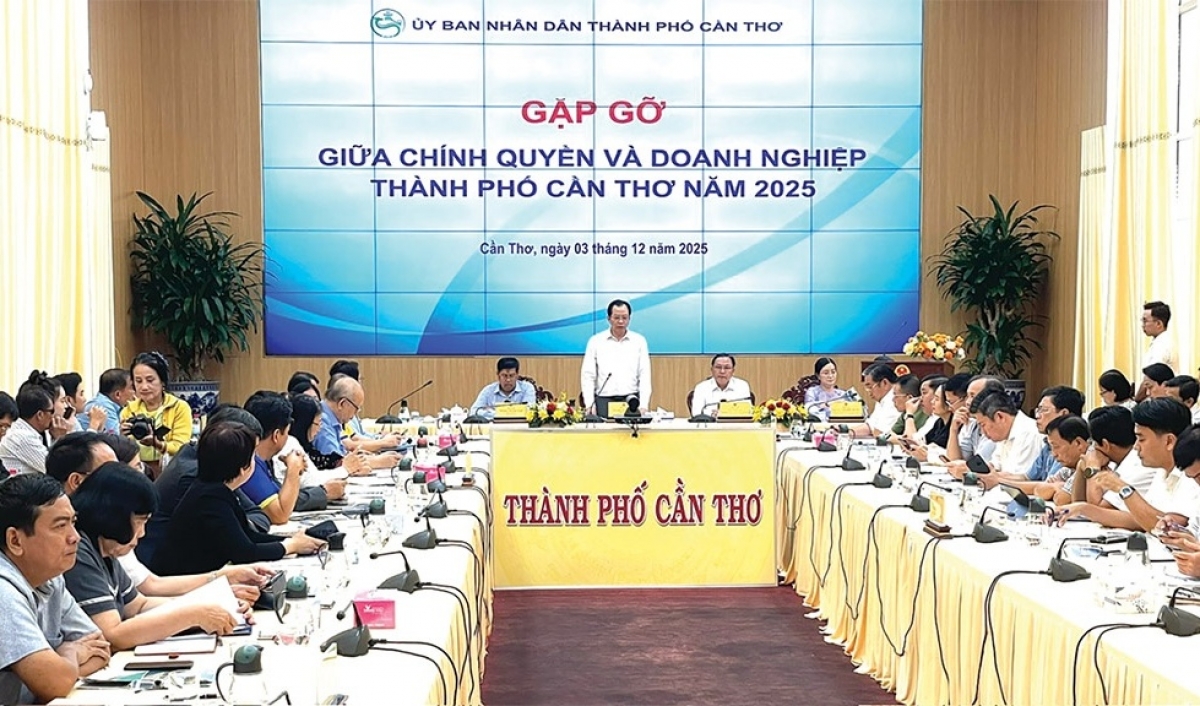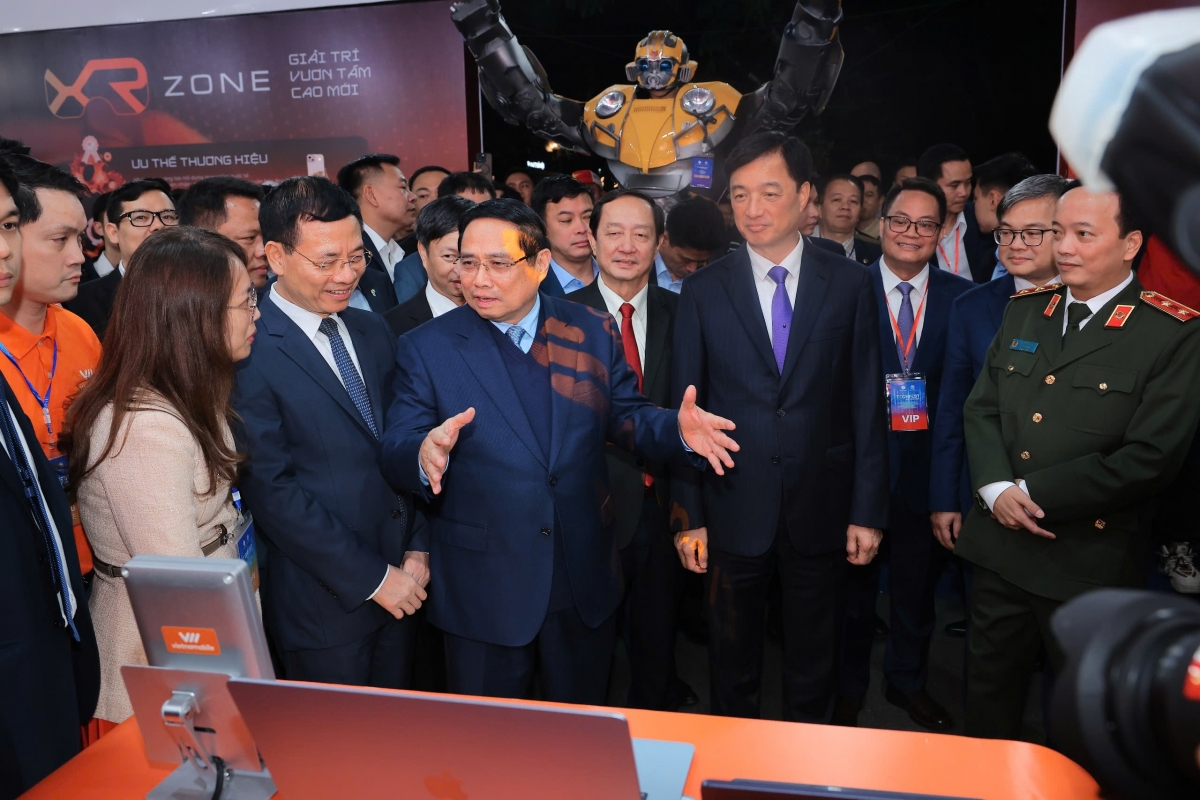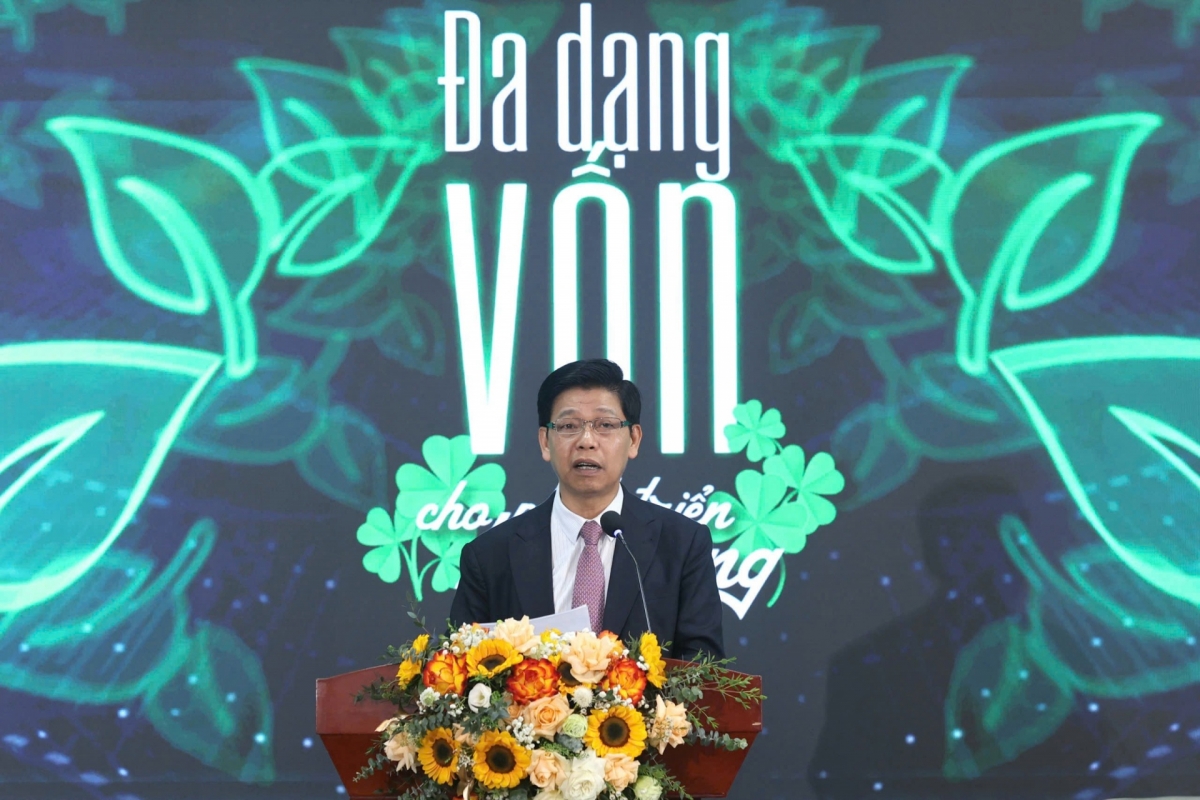INTERNATIONAL INVESTMENT
AND PORTAL
Trade ties between the US and emerging market economies in the Asia-Pacific region are shifting from efforts to diversify supply chains out of China through “friendshoring” or “nearshoring”. Against this backdrop, Vietnam is among the Asia-Pacific markets relatively well-placed to gain from such shifts.
 Sagarika Chandra, director, Asia-Pacific Sovereigns Fitch Ratings
Sagarika Chandra, director, Asia-Pacific Sovereigns Fitch Ratings
Vietnam has already been benefitting from supply chain diversification, and its exports have risen steadily, due to its cost competitiveness and increasing economic integration. Vietnam’s export mix has shifted overtime. Starting with lower-end apparels, Vietnam has moved up the value chain, with electronics now making up a larger share of exports. There are also attempts to attract semiconductor production.
These trends should drive a robust medium-term growth outlook of between 6-7 per cent for the country, supported not just by solid foreign direct investment (FDI) inflows, but also a growing services sector owing to increasing urbanisation.
The authorities have laid out incentives to pull in higher foreign investment, building upon earlier successes. The 2020 Investment Law focused on improving the regulatory framework for foreign firms, plus incentives to encourage investment and growth of higher value-added sectors, such as corporate income tax breaks for companies in high-technology sectors.
Vietnam’s 2025-2035 industrial development strategy identifies electronics and ICT as among the top 10 priority sectors. Vietnam has adopted a framework relatively similar to that of China in terms of relying on FDI inflows to lay the groundwork for the manufacturing sector.
Vietnam has relatively low labour costs, although this is rising, and a high-skilled labour force - supported by substantial investments in human development in previous decades and the strong performance on various international assessments of student education outcomes.
The nation’s market share in smartphones has been growing. Samsung has substantial smartphone production facilities in Vietnam. Rising unit labour costs in China are also eroding the competitiveness of its workforce, increasing Vietnam’s attractiveness. These trends were visible even prior to the escalation in US-China trade tensions and have been a contributing factor to the shift in production of lower value-added goods in the past decade, particularly to Vietnam.
Recent policy discussions with the United States have highlighted a potential increased role for Vietnam in semiconductor supply chains, though this will likely be a longer-term ambition.
Trade liberalisation has been another contributor to Vietnam’s successful export-oriented model. Vietnam made an assertive push to join the Comprehensive and Progressive Agreement for Trans-Pacific Partnership as one of the early member countries, to expand its market access. Meanwhile, the Regional Comprehensive Economic Partnership is likely to support greater access to regional markets in Asia-Pacific.
Vietnam’s geopolitical presence is expanding, and the country has thus far deftly balanced its relationship between both the US and China. Diplomatic relations with the US were upgraded to a comprehensive strategic partnership in 2023 that may result in Vietnam sustaining its attractiveness as a friendshoring destination, especially in higher-end goods, potentially including semiconductors. Vietnam’s market share in the US has doubled in the past few years reaching 4 per cent.
Meanwhile, Vietnam also remains an attractive destination for Chinese firms looking to expand their overseas presence or bypass US tariffs. Indeed, Chinese companies’ outbound FDI has continued to rise in the past decade particularly with investments in Mexico and Vietnam.
There are risks to our solid baseline outlook for Vietnam’s FDI, export and growth trajectory, both domestic and external. On the external side, potential changes in US trade policy in light of the upcoming presidential election would have negative implications for Vietnam. Recent Fitch analysis shows that Vietnam’s growth could be hard hit by both China-specific and blanket global tariffs being proposed by former President Donald Trump.
Domestically, infrastructure bottlenecks could pose a constraint. During 2023, high electricity demand led to intermittent blackouts, which had an impact on manufacturing production. Authorities have increased their allocation of capital spending in the 2024 state budget expenditure, in line with their medium-term public investment plans.
More broadly, despite long periods of high growth and resilience of economic activity to shocks in recent years, we believe Vietnam’s reliance on credit growth targets to drive economic activity remains a persistent risk to its overall macro-stability.
Recent stresses in the real estate sector pose challenges in effectively managing emerging complexities in the economy and financial sector. Vietnam’s governance standards are also weaker than similarly rated peers.
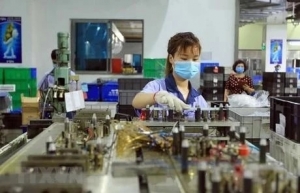 Hai Phong remains FDI magnet
Hai Phong remains FDI magnet
The northern port city of Hai Phong has been a foreign investment magnet, hosting 967 FDI projects underway worth 30.65 billion USD.
 Ba Ria-Vung Tau steps up FDI attraction
Ba Ria-Vung Tau steps up FDI attraction
The southern province of Ba Ria-Vung Tau is emerging as a prime investment destination in Vietnam, driven by a favourable investment climate and ambitious development plans.
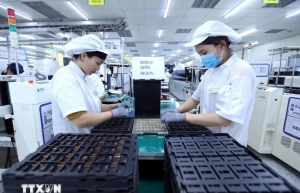 Southeast region may gain specialised FDI policies
Southeast region may gain specialised FDI policies
The southeast of the country could be offered specific mechanisms to create a solid foundation for high-quality foreign investment influx.
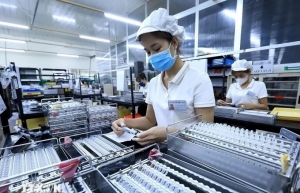 Vietnam reports $20.5 billion in FDI in first eight months
Vietnam reports $20.5 billion in FDI in first eight months
More than $20.52 billion in foreign direct investment (FDI) has been reported in Vietnam up to the end of August, an on-year increase of 7 per cent, according to the Foreign Investment Agency.
By Sagarika Chandra


